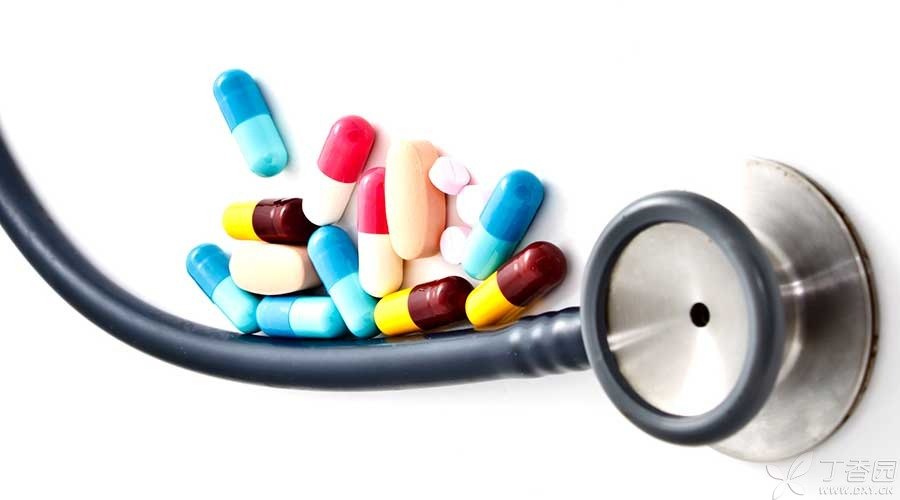
Diuretics, a classic antihypertensive drug, are suitable for patients with more salt intake, elderly hypertension, simple systolic hypertension, accompanied by heart failure and lower limb edema, and are also one of the basic drugs for refractory hypertension.
Commonly used drugs:
Diuretics commonly used to control blood pressure are mainly thiazide diuretics, such as hydrochlorothiazide and indapamide. The drug effect is similar to hydrochlorothiazide.
Small doses of thiazide diuretics (such as hydrochlorothiazide 6.25 ~ 25mg) have little effect on metabolism, and can significantly increase the antihypertensive effect when combined with other antihypertensive drugs (especially ACEI or ARB, such as enalapril, valsartan, etc.).
Adverse reactions:
The adverse reactions of these diuretics are hypokalemia and hyperuricemia. Weak fatigue, abdominal distension and palpitation occur. In order to avoid adverse reactions, these drugs are usually used in small doses.
Patients taking such drugs can use low sodium salt with high potassium content instead of common salt when necessary, and can also eat more potassium-rich foods such as bananas, oranges and green leafy vegetables.
Diuretics are not recommended for gout patients.
Potassium-preserving diuretic:
Potassium-preserving diuretics such as amiloride and aldosterone receptor antagonists (such as spironolactone) can sometimes be used to control blood pressure. Sodium drains without increasing potassium excretion. There is a risk of hyperkalemia when combined with other antihypertensive drugs with potassium preservation effect, such as ACEI or ARB. Therefore, if spironolactone is used to reduce blood pressure, enalapril and valsartan are not recommended to be used at the same time.
Long-term application of spironolactone may lead to adverse reactions such as male breast development.
Responsible Editor: Zhang Jingyuan
Clove Garden is authorized to reprint, and cannot reprint without permission.
